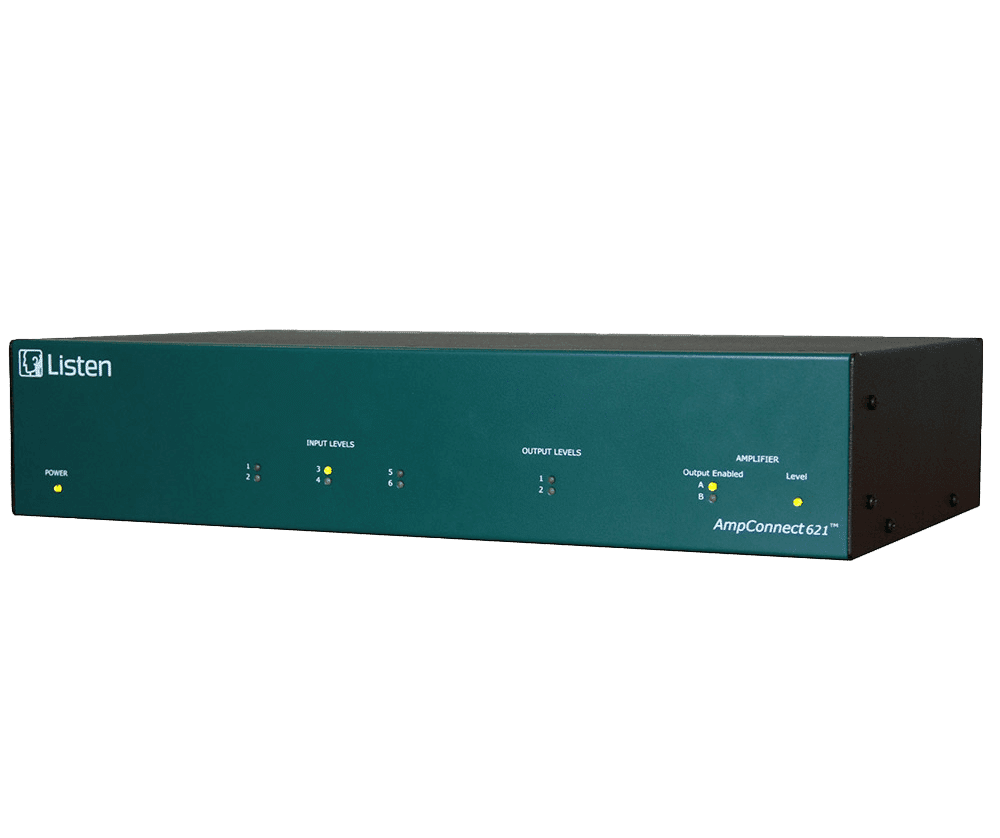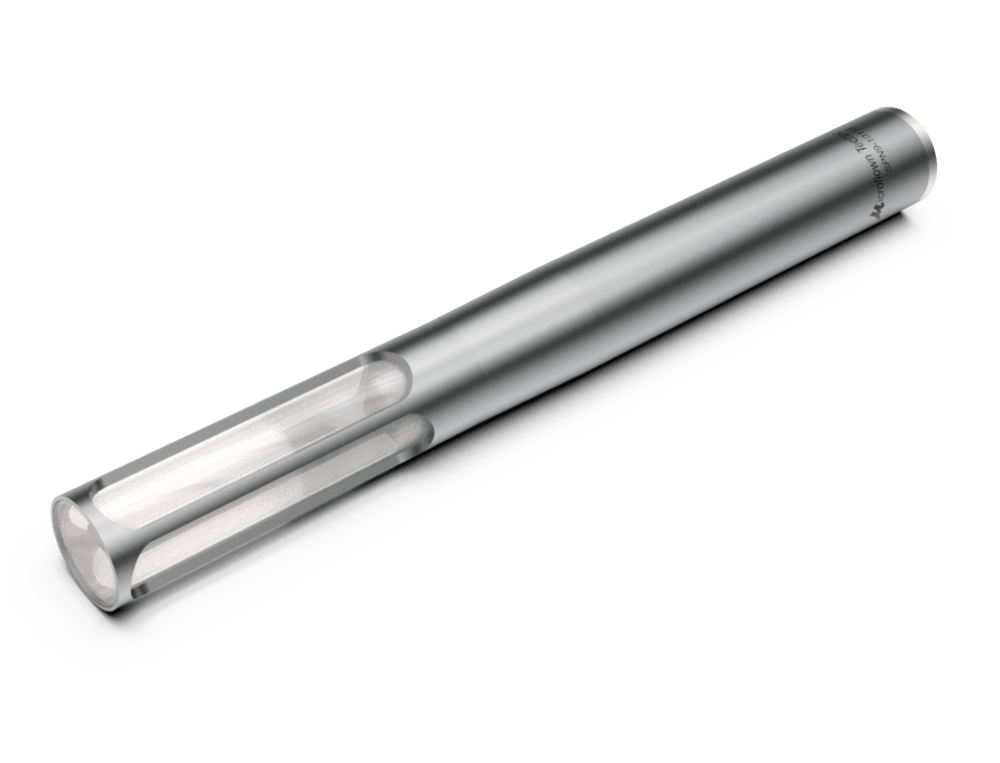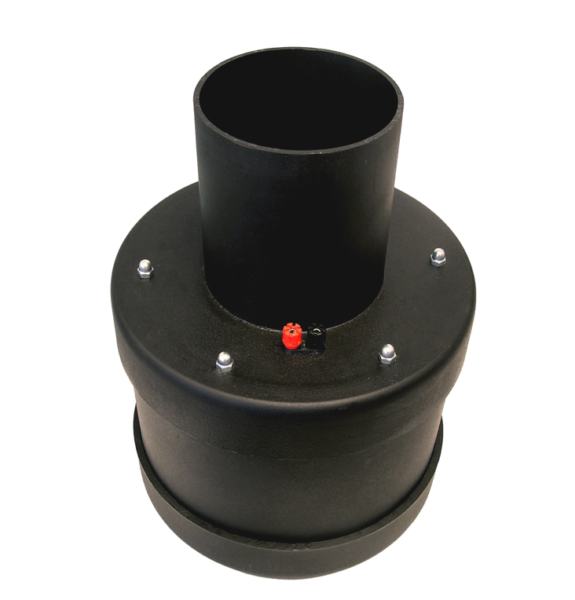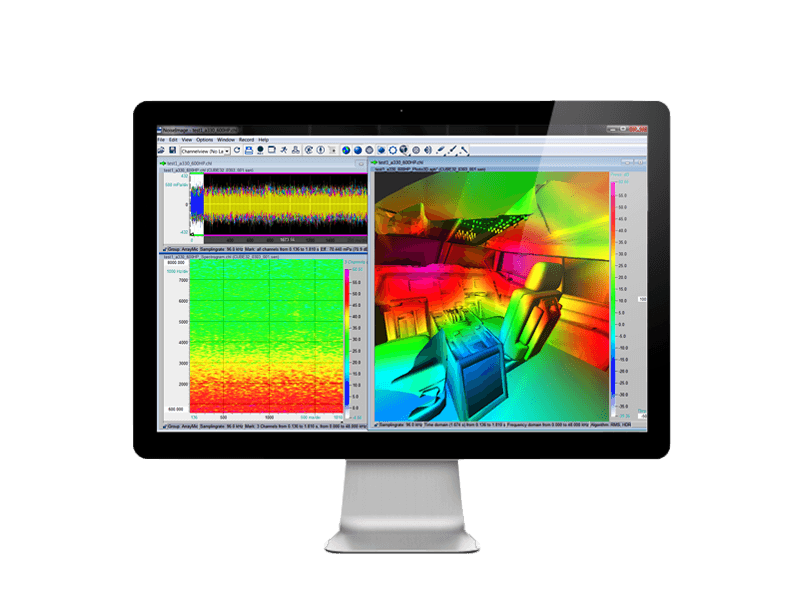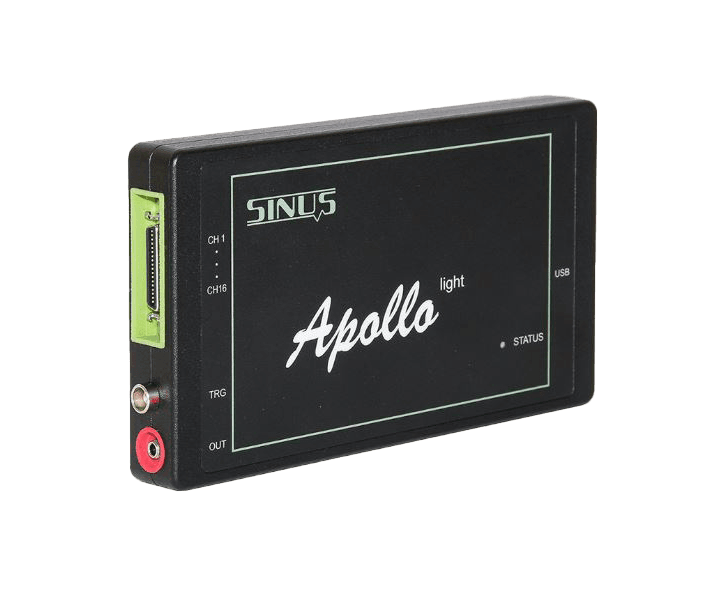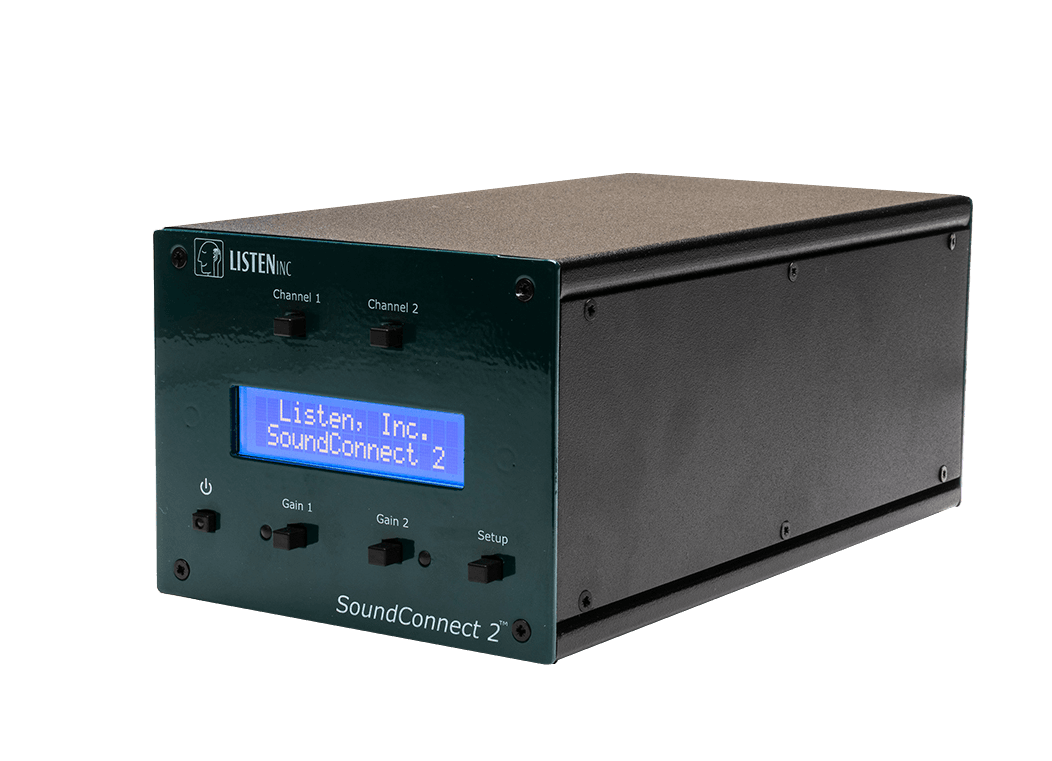By John Shelton, Technical Director and Founder
1994. In music, grunge was a thing, Pink Floyd were coming to the end of the road, and Britpop was taking off. Riverdance premiered at the Eurovision Song Contest, which was won by Ireland for the third consecutive time. Bill Clinton is in the White House, John Major is in No 10, Nelson Mandela became president of RSA, and Arafat, Peres and Rabin share the Nobel Peace Prize. So, that went well.
On the other hand, John comes back from a two-year stint at B&K in Denmark, where he saw the future in software-based measurement systems based on the new VXI-bus. The only problem was that big Unix workstations were the flavour of the month, and the humble PC was limited to word-processing tasks.
In those days, FFT analysers and 1/3 octave analysers were large boxes, which had to be wheeled out of an estate car on a trolley!
Surely, PCs would soon be quick enough to make reliable and accurate noise & vibration measurement systems? AcSoft was born (Acoustic Software Systems) and utilising his international contacts, a range of measurement systems was put together to take advantage of the exciting Windows 3.11 for Workgroups, which had just been released by Microsoft. French company 01dB released the Concerto system, a Type 1 system based on a parallel port-based acquisition box, German company Ziegler instruments offered the Spectralys FFT analysers, based on an ISA card installed in a desktop PC, and other recent B&K emigres, Gunnar Rasmussen (microphones) and Steve Temme (electroacoustics) were offering their new wares.
Exciting times, but where to start? In those days, customer databases didn’t exist, and most communication was via colour brochures and land-line phone calls. The internet was just bulletin boards and nascent e-mail, so the only way to market was to go the library and read through Kompass and local authority yearbooks.
One early idea was to produce a newsletter (called Windows on Acoustics) which was mailed out to local authority environmental health departments, had a fax-form where readers could tick boxes of interest, and fax back for more details. In those days, the fax machine had a roll of thermal paper, and for the next couple of days, the roll ran out at least three times – nearly 20% of readers had replied asked for more info! Modern marketeers would kill for that kind of response.
Orders quickly followed. Those were the days when local authorities had regular budgets to buy new noise measurement kit, and the flexibility of e.g. audio recording of noise events while measuring proved to be a killer application.
While focussing on PC-based systems, there was also a perceived need for hand-held instruments, and another Danish ex-colleague Klaus Larsen sent some information about a new instrument from Polish company Svantek, which could not only measure sound, but also vibration, FFT, 1/3 octaves all in one battery-powered package! Scepticism greeted this news – surely that’s not possible! But it was. The 912 analyser was ground-breaking, even if Poland was coming out from behind the Iron Curtain, which fell just 4 years before.
1996 saw the first website for AcSoft – coded on Notepad using basic HTML! You can still find some of the old ones on the Way Back Machine! The website predated many other competitors by some distance. E-mail started to become the best communication method, and mobile phones started to become affordable, with battery lives more than an hour or two. I remember having phones from Motorola, Sony Ericsson and Nokia – whatever became of them? The first smartphone, the IBM Simon was also released in 1994, with one-hour battery life.
On those days, the office consisted of a corner in the dining room, with desktop PC, scanner (SCSI-based of course), fax machine, answering machine (what’s voicemail?) and of course, the 56k modem! Pentium processors were the order of the day, and (be still my beating heart) Windows 95.
Windows on Acoustics went on to become a stock in trade newsletter, regularly finding its way into Acoustics Bulletin, with each new development in measurement technology.
1996 saw the first acoustic camera, again from behind the Iron Curtain, but this time GFaI in Berlin, and many were sold to the big-ticket budget holders such as Airbus, Land Rover, Ricardo and others. These were large arrays, with bulky front ends, but paved the way for using e.g. ethernet technologies for communication.
Sound Quality was also a growing field, so again, binaural heads and editing software pulled AcSoft further into the automotive sphere, where additional software packages for modal analysis and telecoms.
In those days, the new instrumentation companies were driven by amazing engineers such as Wieslaw Barwicz at Svantek, Jouenne/Rozwadowski at 01dB, Temme at Listen Inc, Rasmussen per et fils at GRAS, and Genuit/Gierlich at Head, all working on their particular expertise. This was brought together into a wonderful range of equipment in AcSoft.
Measurement kit is only half of the equation. Customers came to us for measurement advice, and many relationships formed at that time are still ongoing, with a large proportion of repeat business. Support is also important, and with the car clocking up 35,000 miles per annum, a reputation for measurement reliability quickly followed.
Into the new millennium, business blossomed and Svantek and GRAS were able to stand on their own two feet, with UK companies being set up as part of the AcSoft Group.
‘Proper’ marketing followed with Paul Rubens joining the company, and ultimately buying a 50% shareholding. Shades of Victor Kiam (“I was so impressed, I bought the company”).
Behind all that is the technology – what did we ever do without the Internet/Web? Smartphones? Laptops? MEMS?
The GRAS company was recently sold on, but Svantek UK goes from strength to strength, with every new product pushing the boundaries of what is possible in sound & vibration measurement, such as the SV 307A outdoor noise monitoring station, and SV 803 vibration monitor.
AcSoft has continued to provide complementary systems, into automotive, military and aerospace, whilst providing services such as calibration, training and system integration. Based at the new offices in Bedford, more than 20 employees work as a team to fulfil the same objectives as when the company was formed 30 years ago.
The History of AcSoft Timeline:

